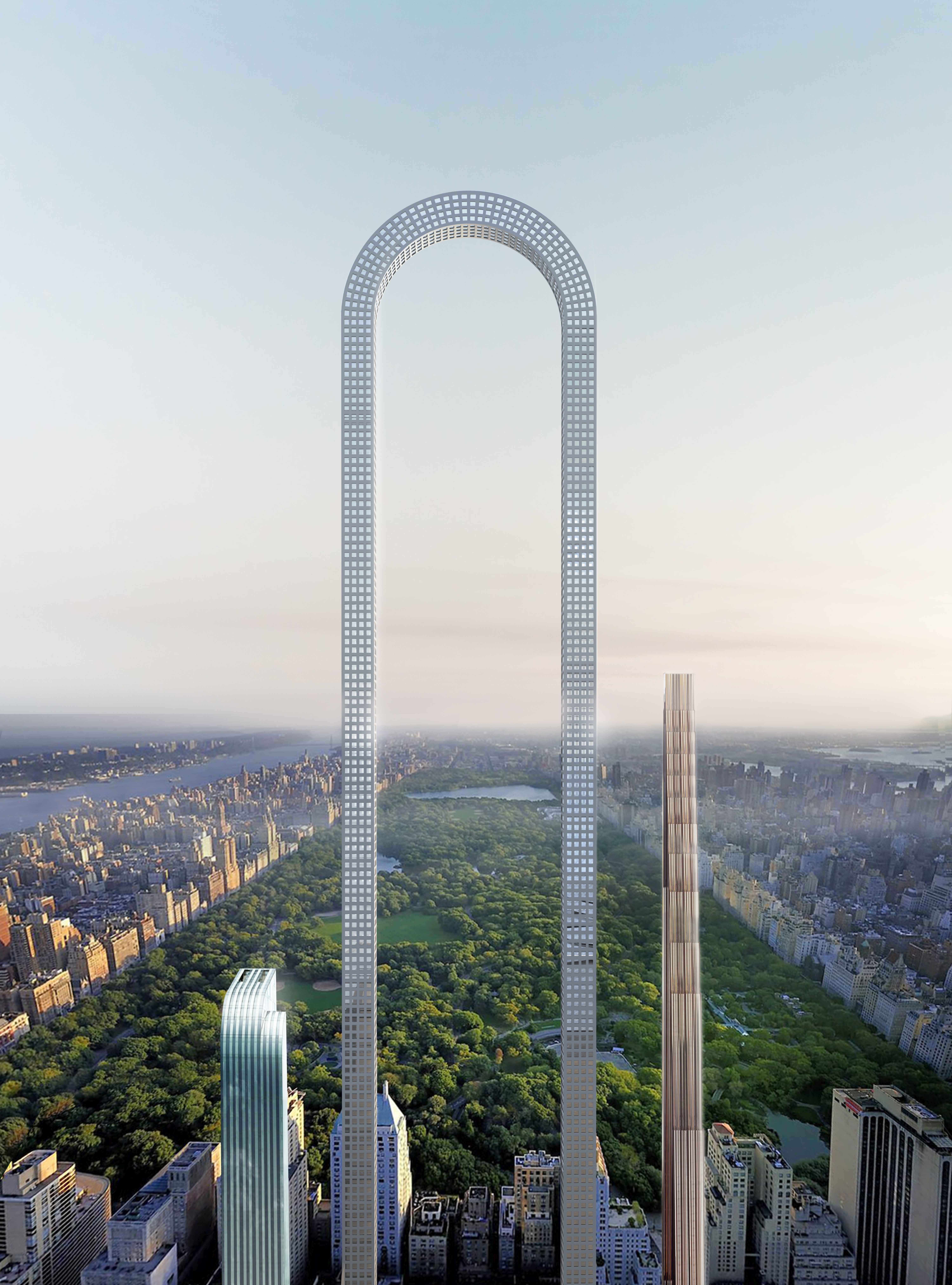Plants are not just vital producers of oxygen for us. They are also proven to increase our well-being and offer a number of qualities that improve out quality of life. Unfortunately, increasing urbanization means the plant world is getting further away from us and the green spaces that are so important are usually overlooked against the need for living space. However, to counteract the plight of the "green disappearance" in cities, a solution is increasingly being used where plant and city growth can be combined: facade greening.
Central_building_Broadway_Sydney-2_wikipedia_20180326.jpg?width=1024&height=667&name=(1)Central_building_Broadway_Sydney-2_wikipedia_20180326.jpg)
© By Sardaka (talk) 08:31, 8 July 2014 (UTC) (Own work) [GFDL (http://www.gnu.org/copyleft/fdl.html) or CC BY 3.0 (http://creativecommons.org/licenses/by/3.0)], via Wikimedia Commons
The fact that building greening is generally trendy could impressively be observed between June 20-22 this year in Berlin. By far Europe's largest meeting on this topic took place with the World Green Infrastructure Congress (WGIC). Over 100 speakers from 21 countries, over 40 exhibitors and more than 30 cooperation and media partners gathered in the capital for this event. These figures prove that solutions allowing for green spaces despite the settlement pressure and increasing urban density are increasingly becoming the focus. Facade greening in particular has a slew of positive effects that is second to none.
Modern Facade Greening
The modern facade greening of today would hardly be conceivable without one man: Patrick Blanc. In the 1980s, the French botanist developed a largely previously unused patent from Stanley White Hart from 1938, thereby laying the foundation for a non-ground-based facade greening. Using a medium made from polyamide felts and drip irrigation system, since then it has been possible to cultivate facades, even wall-bound facades, with non-climbing plants. The advantage compared to ground-bound systems lies, on the one hand, in the much greater diversity of planting. On the other hand, it can be flexibly used at any height.
Green Lifesavers
It may sound a bit overdramatic, but such facade greening can in fact save lives. According to estimates by the WHO, more than one million people die every year as a result of air pollution. According to a study by the Karlsruhe Institute of Technology from 2012, however, facade greening can reduce urban air pollution by up to 30 percent. The green walls would do far better here than planted roofs or parks, because they virtually directly absorb the nitrogen dioxide and fine dust where it originates, namely in rows of streets and houses. Not even trees along the road would be equally as effective, because their crowns keep polluted air on the ground in narrow streets.
Plant Insulation
Since plants store CO2, they generally have a positive effect on the climate. Depending on the type of greening, the latter is also true for an indoor climate. Research by the TU Darmstadt states that an exterior wall covered with ivy is three degrees warmer in the winter than the ivy. For wall-mounted systems, the difference is even up to seven degrees. In the summer, planted facades achieve tremendous cooling effects due to the shading and evaporative cooling. For example, differences of between eight and 19 degrees were measured two centimeters before the greening of a ground-bound planted facade compared to a white and dark-plastered facade. On top of that, the ambient temperature in front of the green wall was sometimes much lower.
Not Everything Makes Sense
Anyone who wants to green their house due to the insulation effect should keep in mind that the winter insulation performance is negligible in already fully insulated houses. Pollen-rich plants should also be avoided near a supply air intake, because pollen, spores and insects could be brought in. The bottom line, however, is that the cost and care of building greening is worth it, especially a facade greening. Not least, because plants make people happier and more efficient, as a study by British psychologists showed in 2014.





